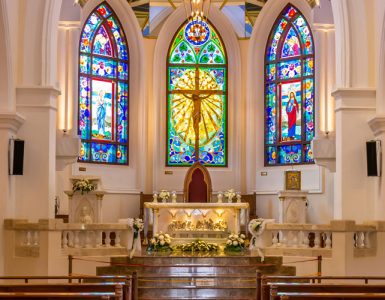Over the past years, it has become common for individuals to record productions using the SMPTE time code, instead of the 60HZ sync pulse that was used traditionally. Below you will find an overview and introduction of the time code in conjunction with DAT, and Nagra analog recorders. The original time code system is referred to as non drop frame as it usually assigns a progressive number to the video frames. This helps to track the frames accurately but normally poses a problem especially to editors when comparing elapsed “videotape time and “real time”. This is because the video does not run at 30 frames but 29.97 frames. Thus the editors could lose 3.6 seconds after a show that runs for 60 minutes.

The drop frame time code was developed to “synchronize” clocks in the edit system to deal with elapsed time counters which works like a leap year in repeal. 2 frame numbers are skipped or dropped every 60 second in exception to when the minute ends with a 0 like 00 and 30 etc.
Please note that the video frames are not deleted. Only the numerical labels are worked on.
29.97 is the correct time code frame that should be used on a video. Other options that can be used to rate film include: 24, 25 and 30fps.
When you want to record for a video shoot either non drop or drop mode can be used depending n the recorder. The non drop frame is however preferred for video because of the reasons found above. To be on the safe side however, you should always confirm with the camera operator or engineer.
The speed at which the video records at should also be ideal for the audio recorder.
If you want to record audio to be used for a film shoot, the settings differ.
Most of the time the film editors prefer to use non drop timecode as it eliminates confusion when editing thus you should also use it if you have not been instructed otherwise.
30fps is the correct frame that should be used on audio that will be used in the film even when the camera is running on 24fps.
For the audio to stay in sync it has to be slowed down at first so that it can work out well with the picture.
After editing the audio is brought up to speed so that the production can be perfect. When instructed to use any other settings than non drop 30fps make sure it is in writing so as to avoid any problems later on.
5 running modes that can be used for generating time code:
- Free run/time of the day
- Free run/user set
- Record run time code
- External
- Jam- Sync














